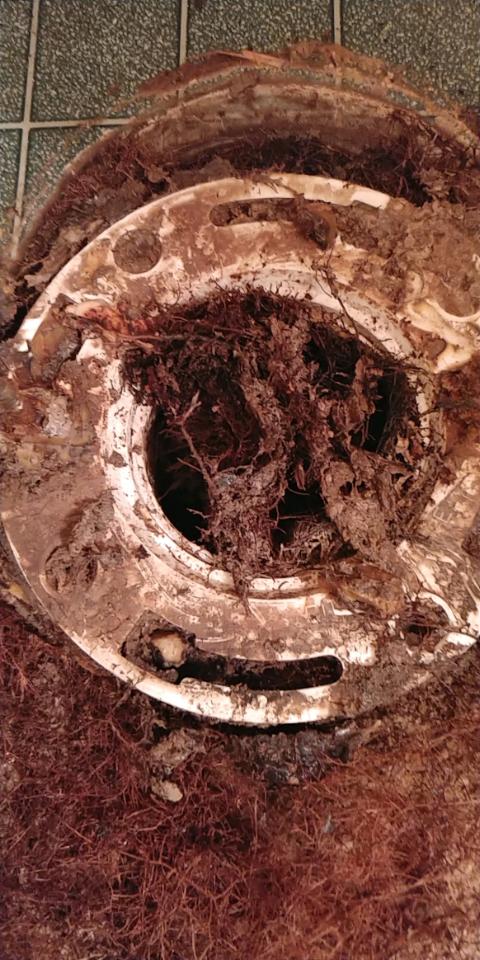Prevent Clogs in Your Drain
There are a number of things that can cause a clog in your drain. Cooking grease, coffee grounds, hair, soap scum, and leftover food are a few common culprits.
Tips:
- Save cooking grease in a container such as an old coffee can and just throw it away.
- Coffee grounds can be thrown away or you can put them in your mulch pile if you have one.
- For hair and soap scum, use a screen (or drain-grate) to cover the drain opening. You can also brush your hair before you bathe or shower. That will help keep the loose hair from getting into the drain. If you bathe your dog in the tub, put a washcloth over the drain to keep the hair from going down it.
- Put leftover food in the trash, NOT the garbage disposal.
Regular Cleaning Maintenance:
- Run hot water down the sink after each use. Hot water will keep the oils from food products running down the drain instead of building up inside the surface of the pipes. You can also put a handful of baking soda into the drain first and then follow it with hot water. Baking soda is great to clean with and it also helps absorb bad odors.





















